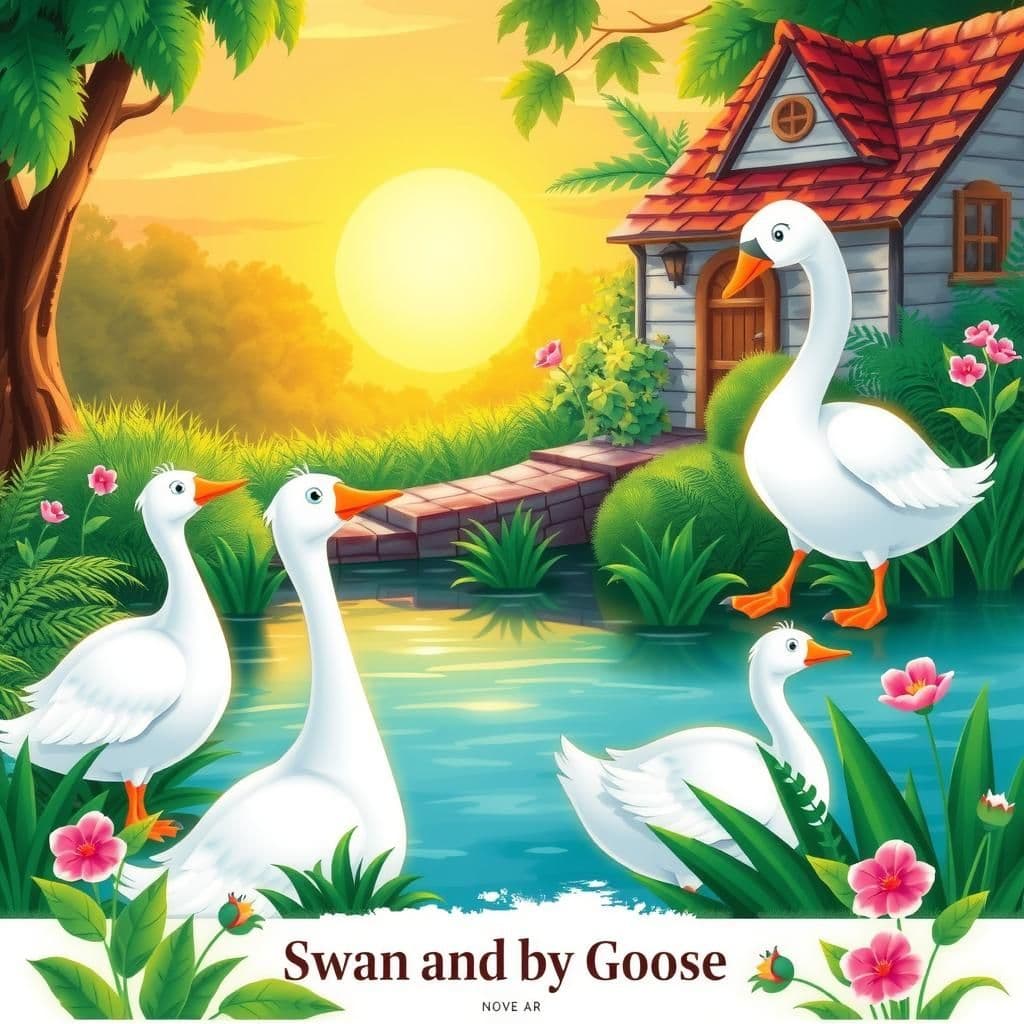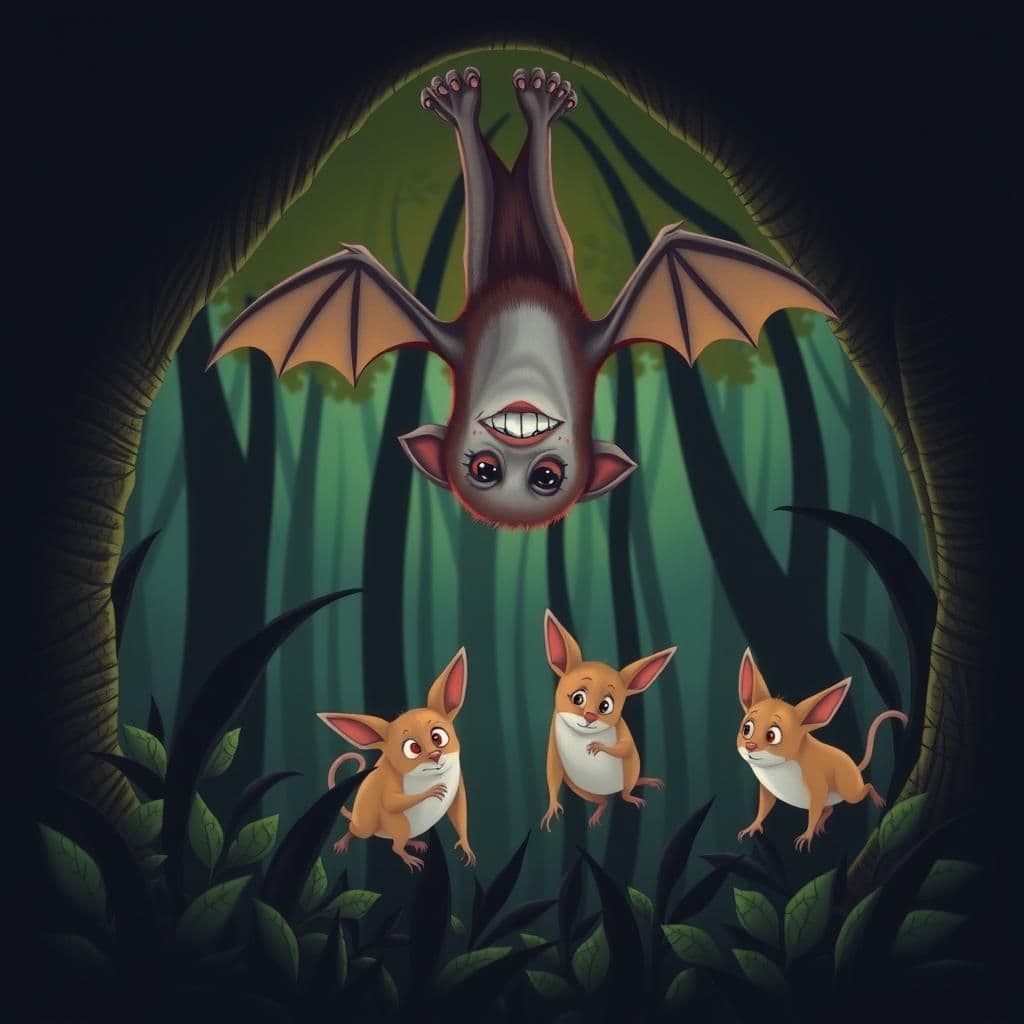The Swan and the Goose

Story Summary
In this famous moral story, a rich man buys a Goose for food and a Swan for its beautiful song. When the cook mistakenly captures the Swan instead of the Goose, the Swan's melodious voice reveals its identity, ultimately saving its life. This short bedtime story teaches valuable lessons about the importance of recognizing true worth and the power of one's unique gifts.
Click to reveal the moral of the story
The moral of the story is that one's unique talents and abilities can be crucial for survival in challenging situations.
Historical Context
This story reflects themes of mistaken identity and the value of unique talents, resonating with fables and folklore traditions that often convey moral lessons through animal characters. Its origins can be traced to various cultural retellings, including Aesop's Fables, where the idea of a "swan song" symbolizes the final act of beauty before death, emphasizing the interplay between life, art, and survival. Such narratives often serve to illustrate the wisdom of recognizing individual qualities and the unforeseen consequences of choices made in ignorance.
Our Editors Opinion
The story illustrates the importance of recognizing and utilizing one's unique talents to navigate challenges and protect oneself in a competitive world. In modern life, a scenario could involve an artist who, faced with job insecurity, showcases their creativity through social media, gaining recognition and securing opportunities that allow them to thrive rather than fade into obscurity.
You May Also Like

The Blotted Escutcheon and the Soiled Ermine
In "The Blotted Escutcheon and the Soiled Ermine," two figures confront societal judgment in this concise moral story. The Blotted Escutcheon defends his spotted appearance as a noble trait linked to his ancestry, while the Soiled Ermine embraces his inherent dirtiness, highlighting themes of identity and acceptance. This moral short story invites readers, especially kids, to reflect on the nature of self-worth and the judgments imposed by society.

The Fogy and the Sheik
In "The Fogy and the Sheik," a Fogy living near a caravan route discovers a Sheik boring for water, believing it will create an oasis that attracts caravans. The Sheik, however, warns that this could provide the Fogy with the opportunity to steal from the caravans. Ultimately, they come to a mutual understanding, exemplifying the simple lessons from stories that highlight the wisdom in recognizing different perspectives, a theme often found in well-known moral stories.

The Bat and the Weasels
In this thought-provoking moral story, a clever Bat encounters two different Weasels, each time using his wits to adapt his identity and escape being eaten. First, he deceives one Weasel by claiming to be a mouse, and then he convinces another that he is not a mouse but a Bat, showcasing the importance of resourcefulness in difficult situations. This short story serves as an educational moral tale about the value of turning circumstances to one's advantage.
Other names for this story
Swan's Song, The Melodic Escape, Goose vs. Swan, The Song of Survival, Harmony in Danger, The Rich Man's Plight, Feathered Fate, Notes of Freedom
Did You Know?
This story highlights the theme of self-preservation through talent, as the Swan's ability to sing not only saves its life but also emphasizes the idea that one's unique gifts can become a source of salvation in dire circumstances.
Subscribe to Daily Stories
Get a new moral story in your inbox every day.